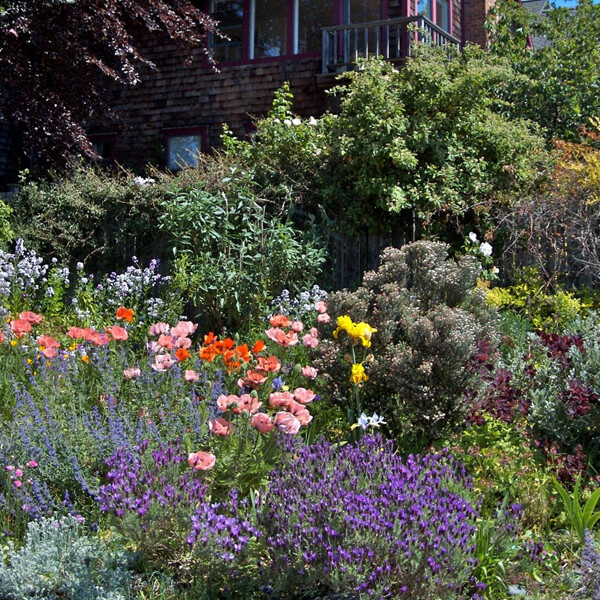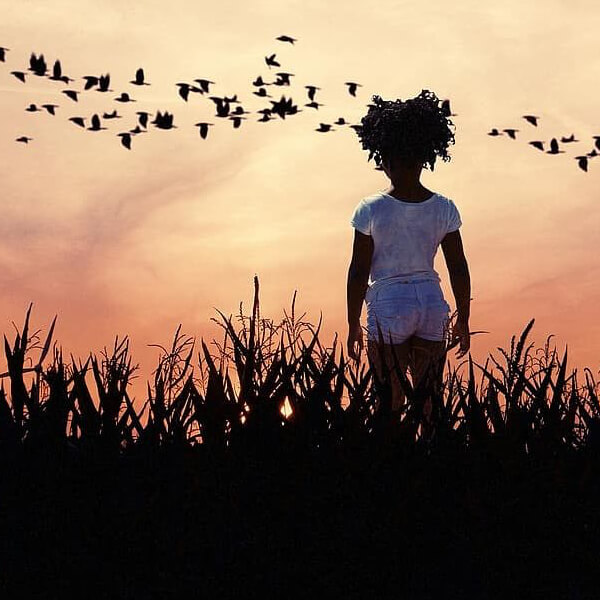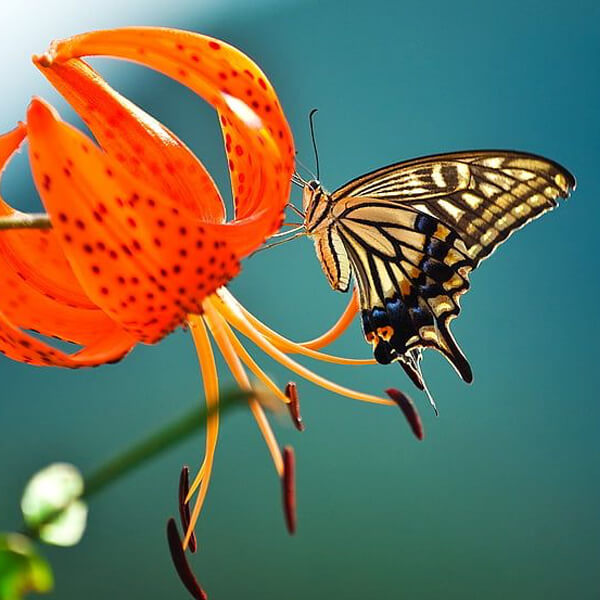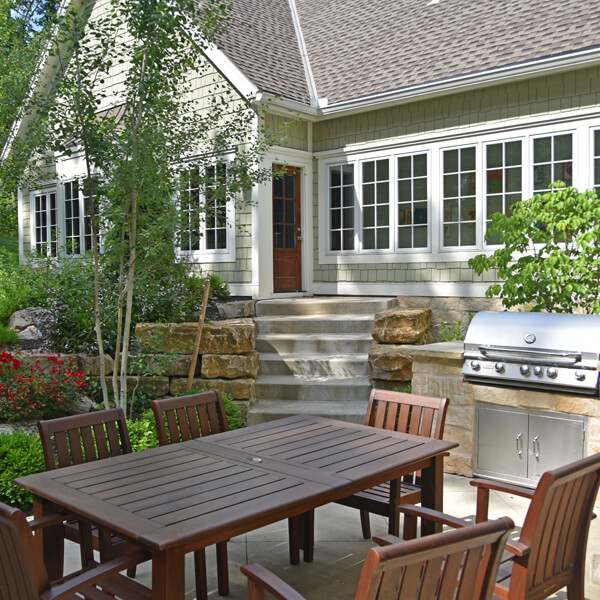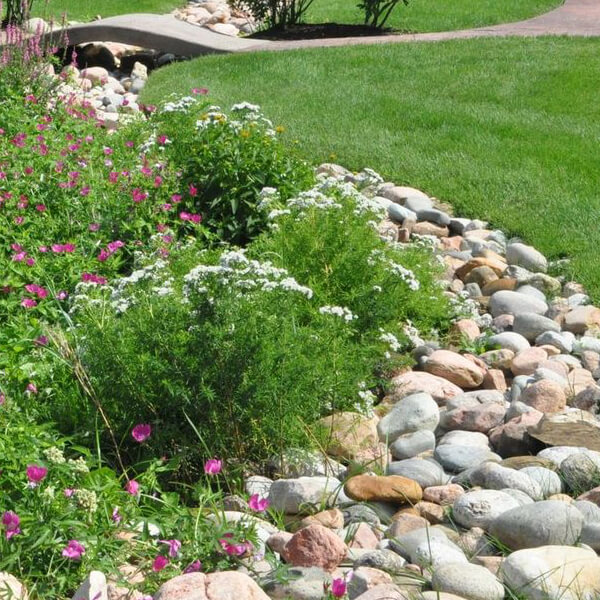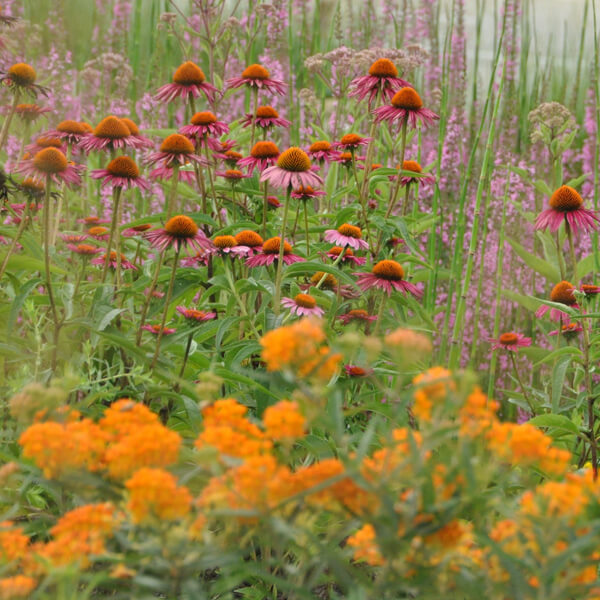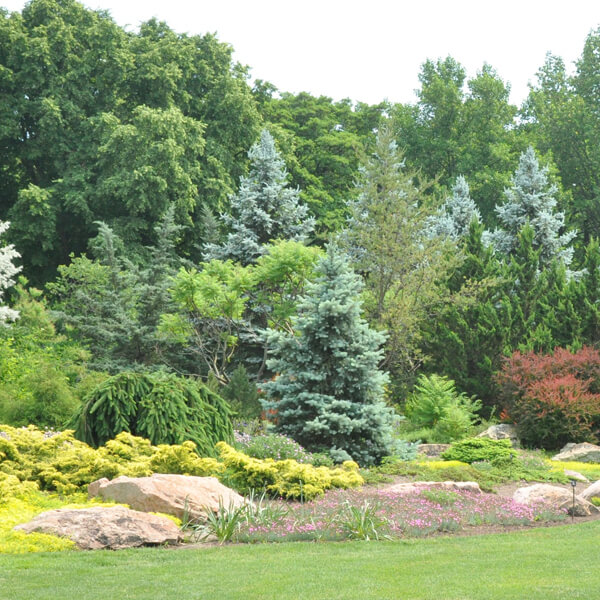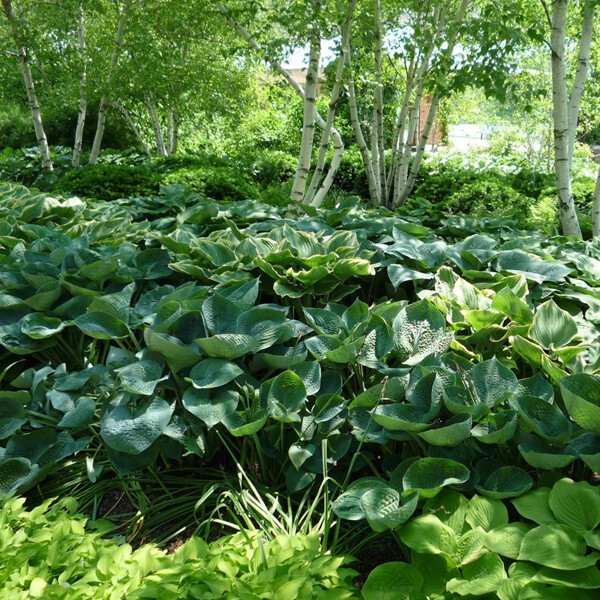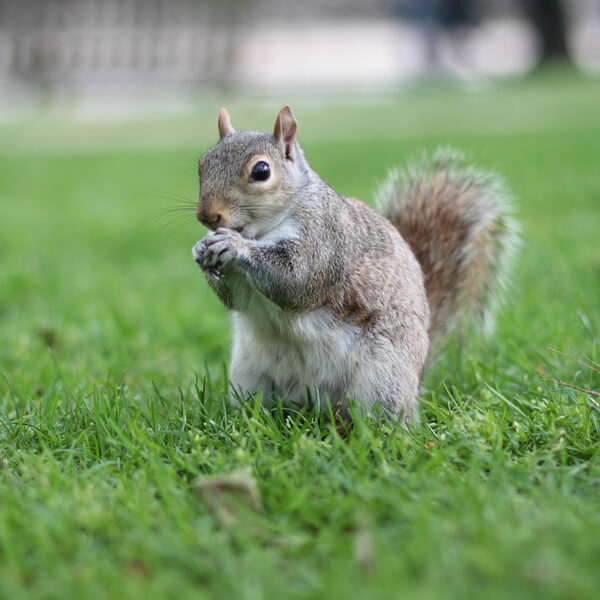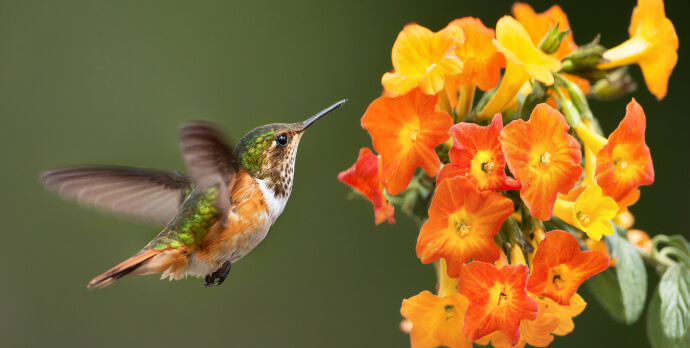
It's Hard To Say Goodbye
Tuesday, September 2nd was National Hummingbird Day.
Since they are one of my favorite bird visitors, I celebrated the day by hanging a brand new feeder with freshly-made nectar in it. They were overjoyed! Well, in reality I just replaced a feeder that had cracked open and watered the pentas with sticky syrup. Ever since, the birds had been circling the empty space looking for food, so I replaced it, even though I knew they were getting ready to depart.
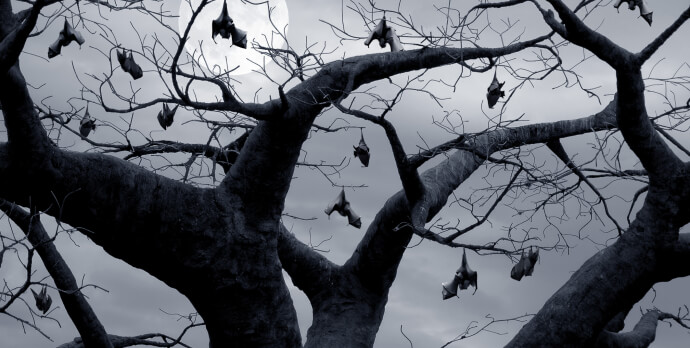
Bats - Not Just for Halloween
My granddaughter, the same one who schooled me about moths, is now fascinated with bats. Among other things, I gave her a bat abode for her 8th birthday thinking she would keep her stuffed bats in it. (Yes, there really are bat “stuffies”!). When she unwrapped it, you would have thought she had received a priceless treasure. What surprised me even more though, was how excited her dad was about the gift. He immediately went outside and walked around the house to figure out where it would hang.

Love It or Leave It? The Lawn Debate Continues
According to NASA’s latest satellite pictures, the United States currently boasts 49,000 square miles of lawn area. That’s larger than the entire state of Mississippi and the nation’s single-most irrigated “crop.” It’s also one of the most expensive, costing Americans roughly 76 billion dollars a year and 14 hours a week to maintain. But, where did this obsession with a lush, green lawn originate?

Gifts for Gardeners, 2023
My absolute favorite people to buy gifts for are my gardening friends. Admittedly, it gives me the chance to dream about my own next purchase, but more importantly, they always seem delighted to add another dimension to their gardening lives. In years past, I have just published a list of ideas, but this year I’m trying something new. This time around I’ve divided the list into categories. Hope it helps you find that perfect surprise for under the tree.
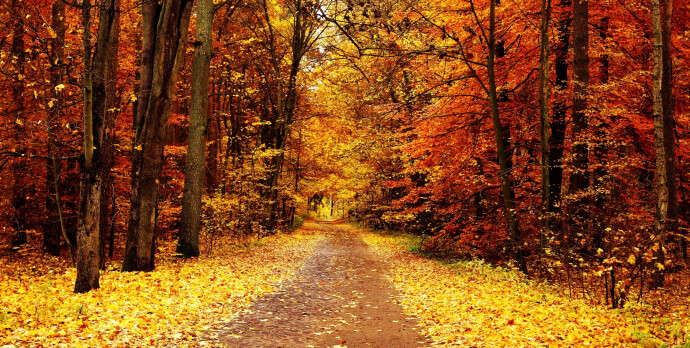
Eight Ways To Love Fall Leaves
When we left ten days ago, our lawn looked like this:
When we came back, this was what our lawn looked like:
and this was the neighbor’s:
After six years I still can’t convince him that there are much better ways to get rid of fall leaves than sending them to the dump in black plastic bags.
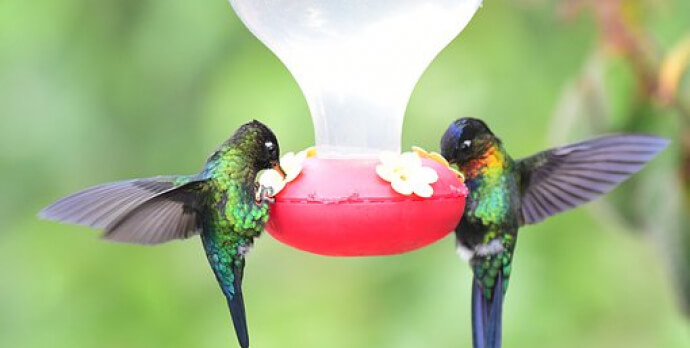
Birds of a Feather Aren't Flocking Together
I’ve been sitting at my desk this morning, supposedly writing this week’s blog about mulch. What I have really been doing however, is staring out the window watching the hummingbirds battle at the feeders. There are only two consistently here this week, which is sad. Normally, from early September through mid October, there are six or eight of the little bullies determined to dominate the feeders. It seems that things in the hummingbird world have changed.
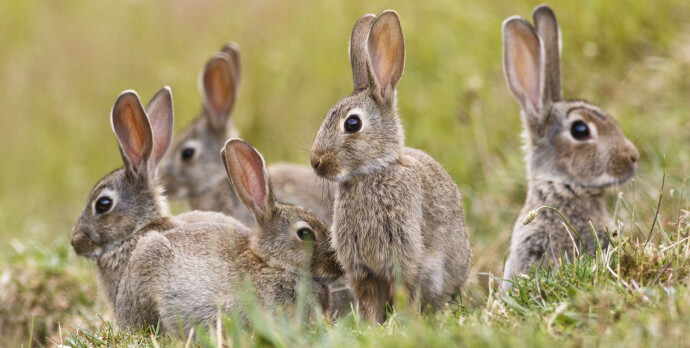
RABBITS -- DOZENS OF RABBITS!
For six years I have battled deer, groundhogs, racoons, squirrels and even an opossum for control of my garden. Over time, these creatures and I have finally come to terms with one another – they take their share and I replant. Not the most economical solution, but it seems to work for us.
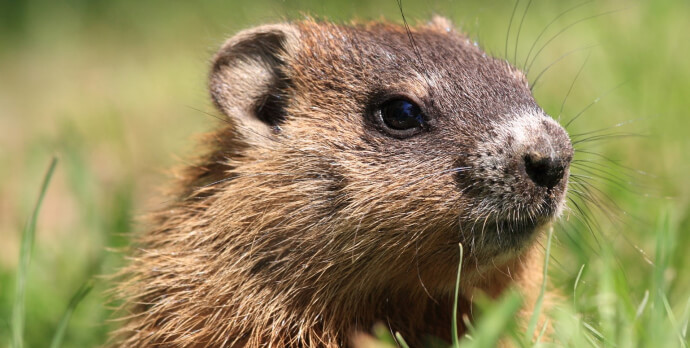
Waging War on Critters: Groundhogs, Squirrels and Raccoons
Last year I battled groundhogs and squirrels for control of my yard. (It was a draw; neither side took complete control.) This year, they have added another ally to their side — a pair of devious raccoons. On the surface, they appear innocent, almost disarmingly cute with their black face masks and fluffy tails, but the reality is that they are formidable enemies who will stop at nothing to get what they want. The fact that they work at night and in tandem makes them especially difficult to thwart. When paired with the rest of the local urban wildlife, a human can definitely feel outclassed.
Categories
